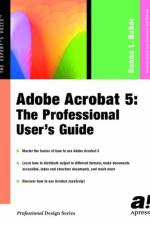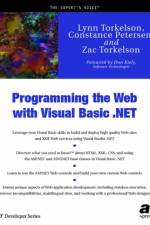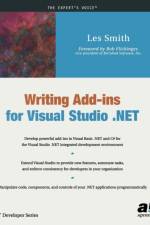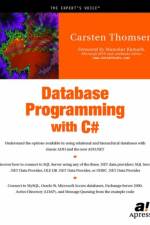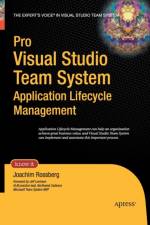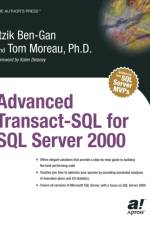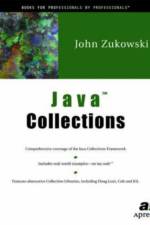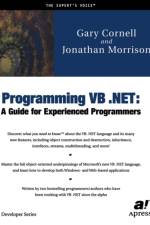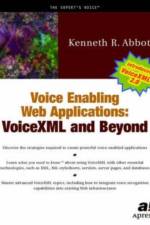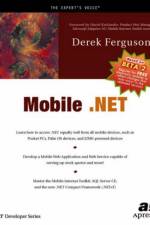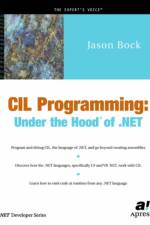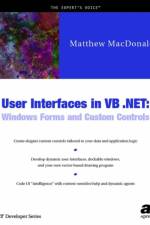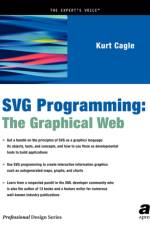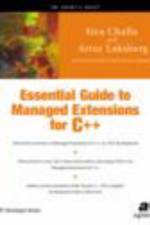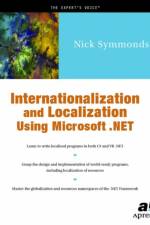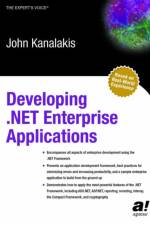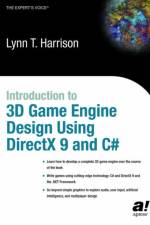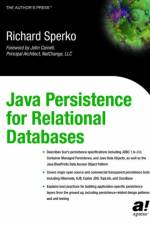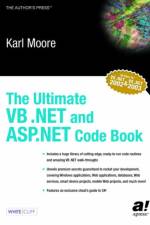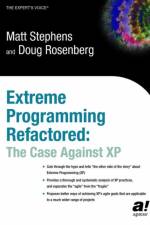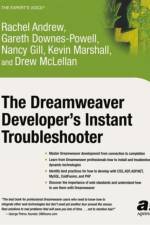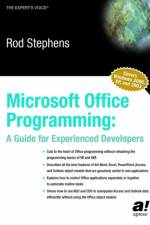- The Graphical Web
av Kurt Cagle
789,-
SVG Programming: The Graphical Web , authored by leading XML expert Kurt Cagle, is a complete guide to creating, using, and accessing the powerful elements of Scalable Vector Graphics (SVG). Intermingling SVG instruction with insightful discussion of key topics such as coordinate systems and attributes, transformations, animation, and image generation, Cagle provides readers with a comprehensive guide to making the most of this rich graphical language. Initially, readers are presented with an overview of SVG features and concepts that offers numerous examples intended to provide a sound introduction to language implementations. Following this brief introduction, the book delves directly into the heart of SVG development, covering integral SVG attributes such as transformations, shapes, text manipulation, and the incorporation of images, gradients, patterns, and masks. The later chapters are devoted to topics that demonstrate the true power of this XML-based technology, offering valuable insight into animation, interactivity and DOM, filters, and automated graphic generation. SVG Programming: The Graphical Web offers professionals what they need to know to access the next evolutionary step in Web graphical presentation: to create faster, more efficient, and more usable Web applications on a level heretofore impossible. Author BioKurt Cagle is an author and developer specializing in XML based technologies, and has written 13 books on topics as diverse as SVG, SOAP, XSLT, XHTML, XML and Data Integration, Schemas, and XML DOM Programming in Microsoft and Java Environments. He is also president of Cagle Communications, a consulting company located in Olympia, Washington, with a web presence at http://www.kurtcagle.net


